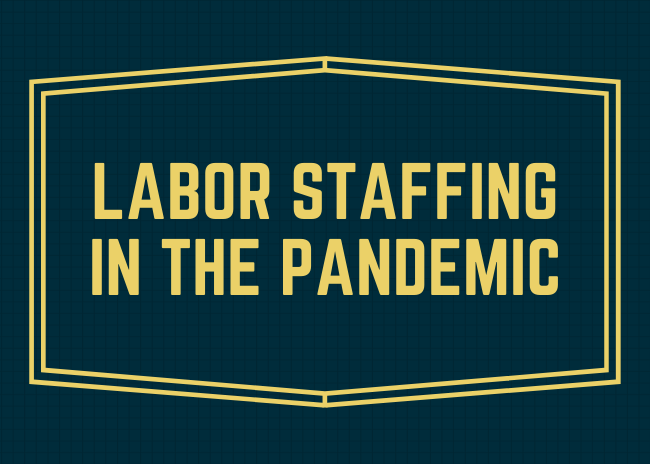It is amazing how fast the issues surrounding labor in foodservice have changed.
Earlier this year, I wrote an article on different ways to manage labor in a time when it was a scarce resource. Less than three months later the industry was furloughing or laying off staff at record rates in response to government mandates to close all dining rooms to help slow the spread of COVID-19. As a result, with most operators running in a reduced capacity, labor is now abundant but protecting and using that labor in the best possible way has never been more complicated.
Locations that have enough off-premises or to go sales to remain open face the new challenge of understanding what the new staffing levels need to be to provide good service and a safe environment for both guests and team members. Conversely, these operators can opt to keep staffing levels the same as they were before the pandemic. Focusing on the latter translates into sacrificing profitability in the name of potentially keeping everyone employed and ready to return to work when their local economy starts to come back online.
We rest of the blog will hopefully guide operators on how to re-think labor to properly staff under this new normal. We do not know how long the dining room closures will last, but we know that some changes are here to stay, and restaurants will have to approach business differently than was the case before the pandemic.
To understand the proper labor model, we must breakdown labor in its basic components or building blocks of labor needs:
- To open the doors no matter what the volume is – Fixed Labor
- To serve the guests when they arrive – Service Labor
- To support service, but not needed when the guest arrives - Non-Service Variable Labor (like food prep and plating of menu items).
For each building block we must think about removing what is no longer necessary because doing so will help develop a clearer picture of what kind of labor the operation will require to navigate its new normal, however temporary that may be.
Fixed Labor: Start by understanding how fixed labor and the activities these staff members perform have evolved as service changed to meet the mandates. If a concept closed the dining room, for example, all tasks related to setup, maintaining, and cleaning this space no longer need to happen. Remove this portion of the labor requirement. Other tasks that may no longer be necessary and result in lower labor requirements include cleaning customer restrooms, cleaning self-serve beverage stations and more.
Service Labor: During normal times, the restaurant may always require two servers and one host when the dining room is in operation. Now, with the dining room closed and sales volumes lower, perhaps the business can function with only one person running the carryout station. Concepts that run more than one cookline during normal times, might be able to lower that requirement to a single line.
Non-Service Variable Labor: Non-service variable labor includes food preparation, dishwashing, and trash handling. Many concepts now operate with reduced menus, for the time being, which will result in less food prep. Less food prep and no customers dining on premises should translate into washing fewer dishes and utensils. Quick serve concepts, for example, will now be able to entirely skip washing the trays normally used in the dining rooms and trash runs should decrease considerably, too, due to the absence of dining room guests.
After getting a handle on staffing, it becomes time to understand how this impacts productivity per order. Is it easier to process a check because the operation does not have to serve dine in customers and most orders are now coming in digitally? Or is it harder because packing and delivering the orders is more complicated than serving a plated meal?
Concepts that use an activity-based labor model are going to be in a better position to accurately calculate the difference in productivity since they can adjust the time and the frequency of the tasks that changed and in turn adjust the productivity for the stores.
Times are tough, but if concepts will need to continuously reinvent themselves during this time and stay productive and profitable and they will come out stronger on the other side of this crisis.




